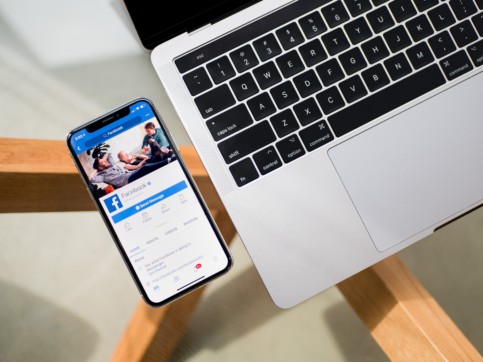A Guide to Facebook Social Plugins for Nonprofits

You might have read about the recent changes Facebook made. Or maybe you’ve seen changes appearing on one of the sites you frequently visit – there are over 100,000 of them out there. But you may not know how to get started using them yourself. Of all the things Facebook did, nonprofits should pay most attention to Facebook for Web Sites – a new platform that enables you to use Facebooks social plugins to enhance your organizations website. Facebook did a nice job making their social plugins simple to implement, but understanding the practical uses for each of the plugins can be confusing.
Here’s a quick guide to Facebooks social plugins for nonprofits that will help you figure out which plugins you should use on your site.
Like Button – Are you producing great content that you’d like your visitors to share with their friends? If so this plugin is a must have for your website. The Like button lets users share pages from your site back to their Facebook profile with one click. Enabling this feature let’s your supporters easily share what they are excited about with their Facebook friends and family. The average person has about 150 friends on Facebook so few hundred “likes” on your new campaign landing page equals incredible exposure on Facebook.
See it in action at http://www.tomamawithlove.org
Like Box – Do you have a Facebook community or are you trying to build one? This plugin helps you with both endeavors. The Like box gives your visitors the ability to like your Facebook Page and view its stream while interacting with content on your organizations website. This can help keep visitors on your site longer while also giving them some of the social benefits that Facebook has to offer like allowing your visitors to see which of their Facebook friends also likes your organization.
See it in action on the LIVESTRONG blog: http://livestrongblog.org
Comments – Looking to turn part of your website into a blog or begin building a community around your content? If so this plugin might expedite that process. The Comments plugin lets users sign-in to their Facebook account and leave comments on any piece of content or page on your site. This enables your to tap into the 500 M (and growing) user base that Facebook has because every comment a person posts through this plugin could make it into the commenters Facebook feed – exposing their interaction with you to all their friends. Memorial walls, photo galleries, peer-to-peer fundraising pages, and more could benefit from a feature like this.
Activity Feed – If you’ve got a decent size Facebook fan base who regularly comes to your website then this plugin is for you. The Activity Feed allows me, as one of your website visitors, to easily and instantly see what articles, posts and topics my Facebook friends (or non friends) enjoy via their likes and comments. Essentially this plugin is showing recent content with the most activity. Simple.
The power of suggestion is at play here as seeing content that is relevant to me based on my friends interests will likely make me want to click and that keeps me consuming content on your website.
See it in action at Kiva.org: http://www.kiva.org
Recommendations – Looking to surface more relevant, timely or popular content on your website? The Recommendations plugin can make that dream come true. Facebook calls it a “people powered most popular list” as it surfaces content with the most “likes” and/or “comments” across your site. The idea here is that this plugin will keep a particular set of pages, the most popular, (online giving, recent event, action your promoting) in a prominent location on your site (based on a high volume of activity on that page) – further driving traffic to that page on a consistent basis.
The difference between the Recommendations plugin and the Activity Feed plugin is that the former plugin shows you the most popular content while the activity feed plugin shows you the recent activities (likes, comments).
Both the Activity Feed and Recommendation plugin’s can be further tailored if you your website visitors is logged into Facebook. At that point the activities and recommendations are mapped against the person friends to further refine and serve up content that is relevant to them.
The last three plugins are, in my opinion, less likely to be used so I’m not going to spend much time on them now, but you should know that they exist just incase one of them makes sense for your organization.
Live Stream – The Live Stream plugin lets your users share activity and comments in real-time as they interact during a live event.
Facepile – The Facepile plugin shows profile pictures of the user’s friends who have already signed up for your site.
Login with Faces – The Login with Faces plugin shows profile pictures of the user’s friends who have already signed up for your site in addition to a login button.
While I was doing some research I couldn’t find many nonprofits utilizing the eight (8) social plugins. I even checked to see what Facebook had to offer and I quickly found out that they didn’t have many social good or nonprofit examples in their showcase. So …
